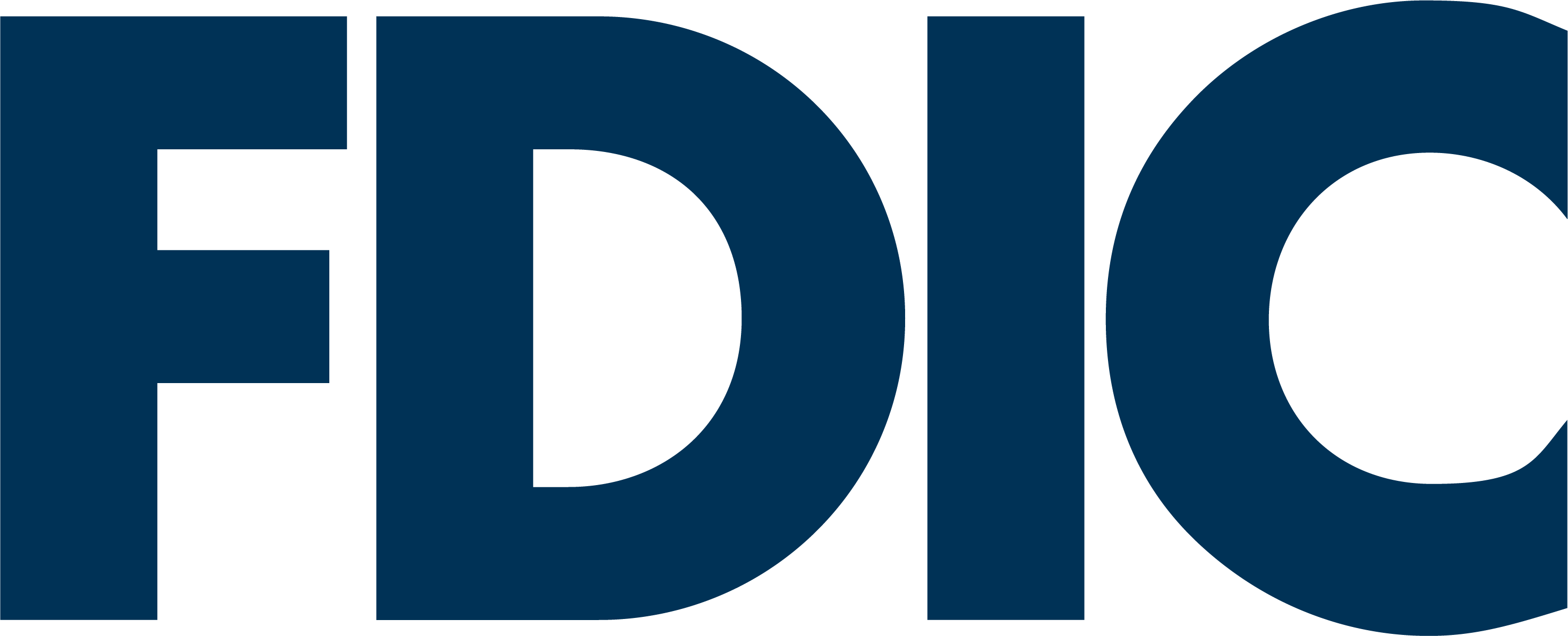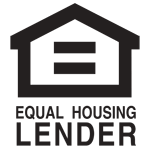How to Calculate HELOC Payment
Line of Credit Calculator
Resources
How Can I Take Advantage of My Home’s Equity?
When It Makes Sense to Refinance Your Home
Give Your Credit Score a Boost
Frequently Asked Questions
With a cash-out refinance, the amount of your loan and your monthly payments will go up, but the interest rate on the cash you take out may be lower than other alternatives.
To learn more, check out this article: How Does a Cash-Out Refi Work?
A HELoan is a second mortgage that usually has a fixed interest rate and monthly payments of the same amount every month. A HELOC works more like a credit card, but the interest rate is typically lower than a credit card.
You have a maximum amount you can borrow as needed. HELOCs usually have a variable interest rate and monthly payments that may go up or down.
Take a closer look at the differences: Should You Consider a HELOC or HELoan?
Check out these tips: Give Your Credit Score a Boost.
- The information presented in these calculators is for general and educational purposes only, and is not intended to provide legal, tax, lending or investment advice. Loan scenarios are not an application and not a commitment to lend. This information is meant to serve as estimates and may vary depending on certain conditions and restrictions. Annual Percentage Rates used within this tool are strictly informational and may not be the current advertised rates. Rates provided may be higher or lower and are in no way a binding agreement with United Community Bank.














